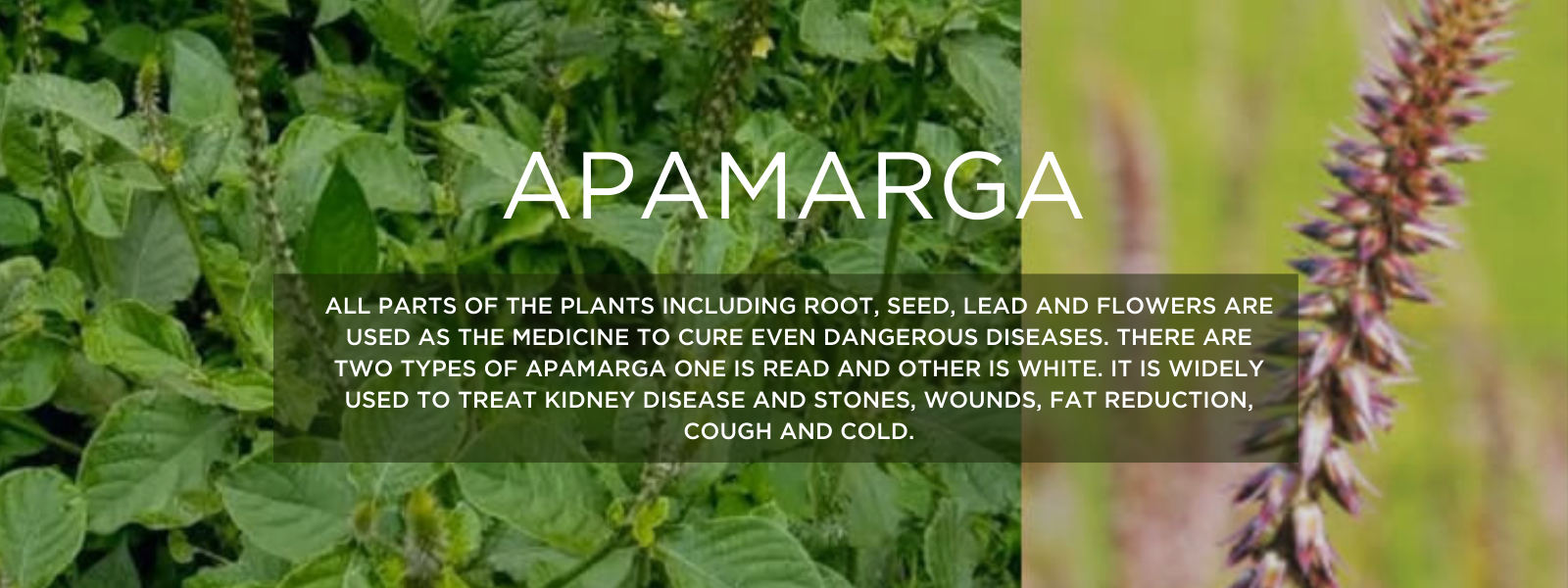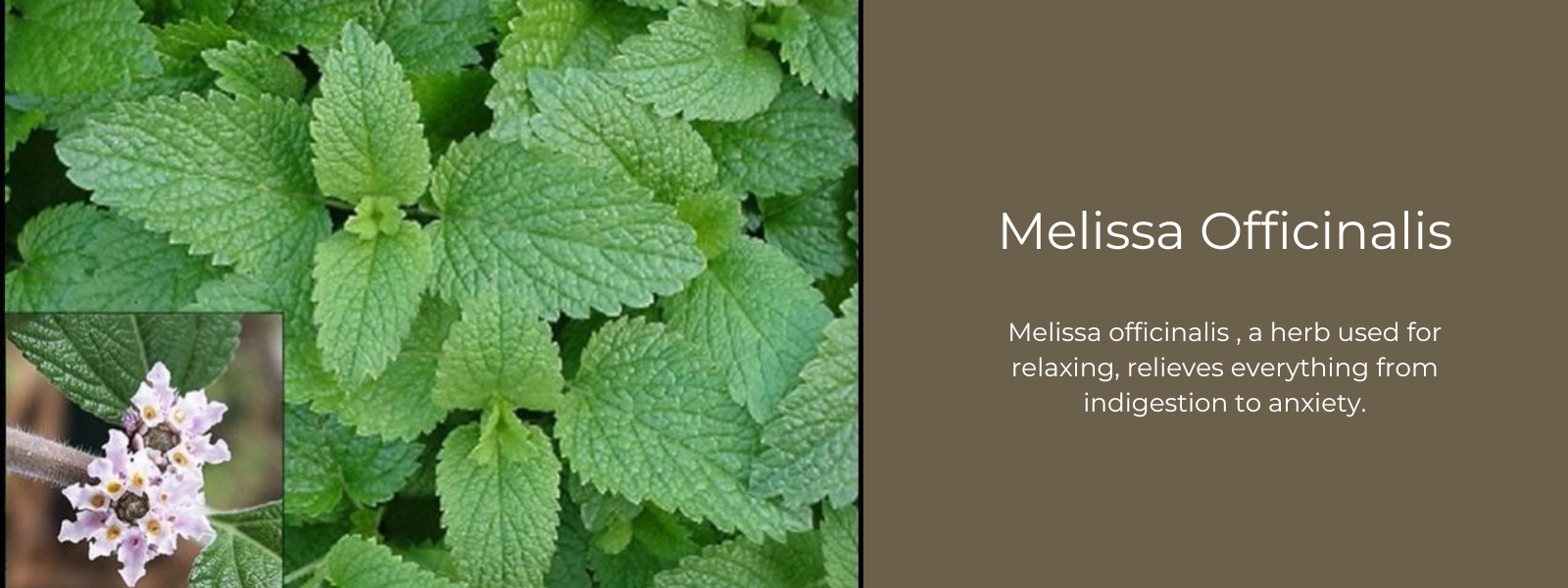Spilanthes acmella Murr., also called toothache plant, paracress, or eyeball plant, is a very important medicinal plant in the Asteraceae family. It has been said to have many biological effects, such as lowering body temperature, making people pee less, reducing inflammation, boosting the immune system, protecting the liver, fighting cancer, relieving toothaches, etc.
Table of Contents
Scientists have found that the plant makes important secondary metabolites like spilanthol, scopoletin, myrecene, á-amyrin, a-amyrin, etc. The bioactive chemical is spilanthol, which is an alkamide and is found in the roots and all of the plant's leaves and stems.
What is Spilanthes acmella?
Spilanthes Spilanthes is a herb with flowers. It is a small plant that grows directly from the ground. It has broad leaves and tiny gold and red flowers in the shape of a bullseye. Spilanthes, also known as "nature's toothbrush," is used to keep your teeth and gums healthy. It is a stimulating and energising herb that gives the mouth and gums a wonderful tingling feeling. It can be used to treat canker sores, dry mouth, and sore throat because it is antiseptic, anti-inflammatory, and anti-fungal. It also helps move stagnation, supports blood flow, and gives nutrients. The flower heads have a painkiller called Spilanthol in them that can be used to ease tooth and gum pain. Spilanthes can also improve digestion, reduce symptoms of candida, thrush, herpes, and cold sores, wake up your senses, and get rid of stuck energy in the mouth and gut.
Plant description of Spilanthes acmella:
- The perennial Spilanthes acmella comes from South America and is thought to have come from Peru in the past.
- It is now well known as a food plant in China and Southeast Asia.
- It is a tropical plant that can be grown as an annual in temperate areas.
- Spilanthes acmella is sprawling and has many branches. It has ovate, olive-green to purple-flushed leaves and tiny, yellowish-maroon flowers on cone-shaped heads.
- It can grow up to 40 cm tall and needs full sun and well-drained soil.
Usage of Spilanthes acmella:
In traditional herbal medicine, every part of the plant is used. The stems, leaves, and flowers can all be eaten raw, cooked, dried and as powder.
The plant can be used as a spice or as the main ingredient in food. When the leaves are cooked, they become mild and are often used in salads.
Extracts can also be made from the roots, flowers, and leaves.
Culinary use of Spilanthes acmella:
- The young, fresh leaves can be cooked like spinach and used as salad greens. A few chopped fresh leaves will give salads a unique flavour.
- It can also be added to soups and stews, and both fresh and cooked leaves can be mixed with chilli and garlic to add flavour to dishes like stews.
- Coconut milk can be used to cook the leaves.
Health benefits of Spilanthes acmella:
- Folic acid and vitamin C can be found in the fresh leaves, which are also full of minerals.
- The flower heads contain spilanthol, which is antibacterial and antifungal and can be used to clean wounds, treat painful canker sores, and get rid of ringworm infections.
- If you chew them and don't swallow for a while, they can numb the inside of your mouth.











Leave a comment